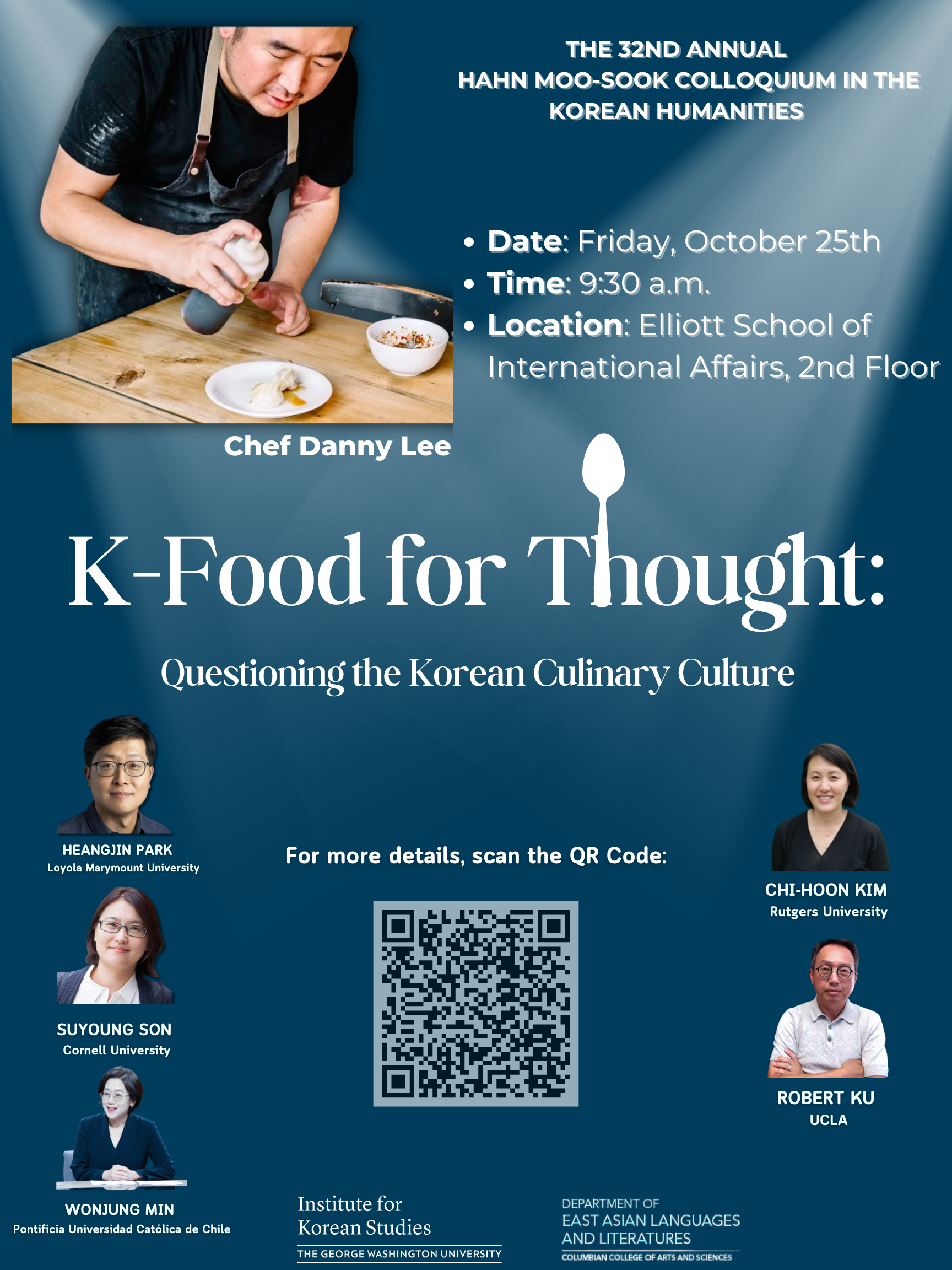time zone will be applied.
Report this post?

Korea has made a concerted effort to promote Korean cuisine to the international community. Starting with the serving of kimchi in the 1988 Seoul Olympics, Kim Young Sam’s globalization efforts, First Lady Kim Yoon-ok’s international kimchi-making demonstrations, kimjang (tradition of making kimchi) being inscribed as the UNESCO Intangible Cultural Heritage of Humanity in 2013, Michelle Obama sharing her recipe for kimchi, and of course the myriad representations of K-Food in Korean dramas, music, mukbang, films, documentaries, and reality tv shows. Once seen as an exotic and pungent ethnic food has now become a recognizable and desirable international cuisine.
However, what exactly does the “K” in K-Food mean? Does it still pertain to national borders (i.e. South Korea only)? How expansive is K-Food, as it changes from geographic region, culture, availability of ingredients, etc.? What is the global impact of K-Food, as it crosses cultural cuisines such as Korean Chinese foods, Korean pizzas, Korean burgers, hotdogs? Or the global branding such as Paris Baguette, Bibigo, CJ, etc.? How far back does K-Food go historically, even as far back as the Choson dynasty?
The 32nd HMS Colloquium will attempt to understand the complexity, cultural dynamics, and the history of the “K” in K-Food.